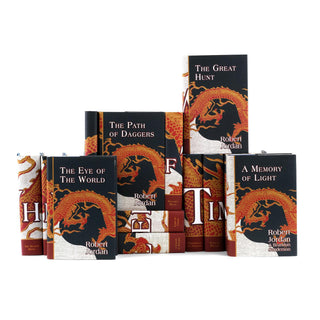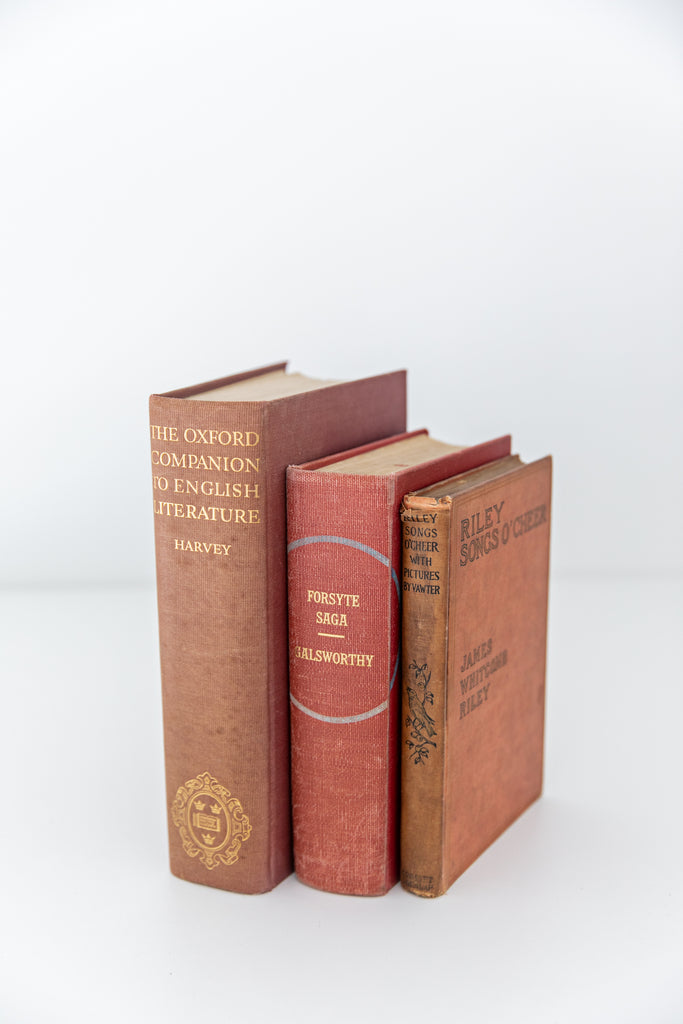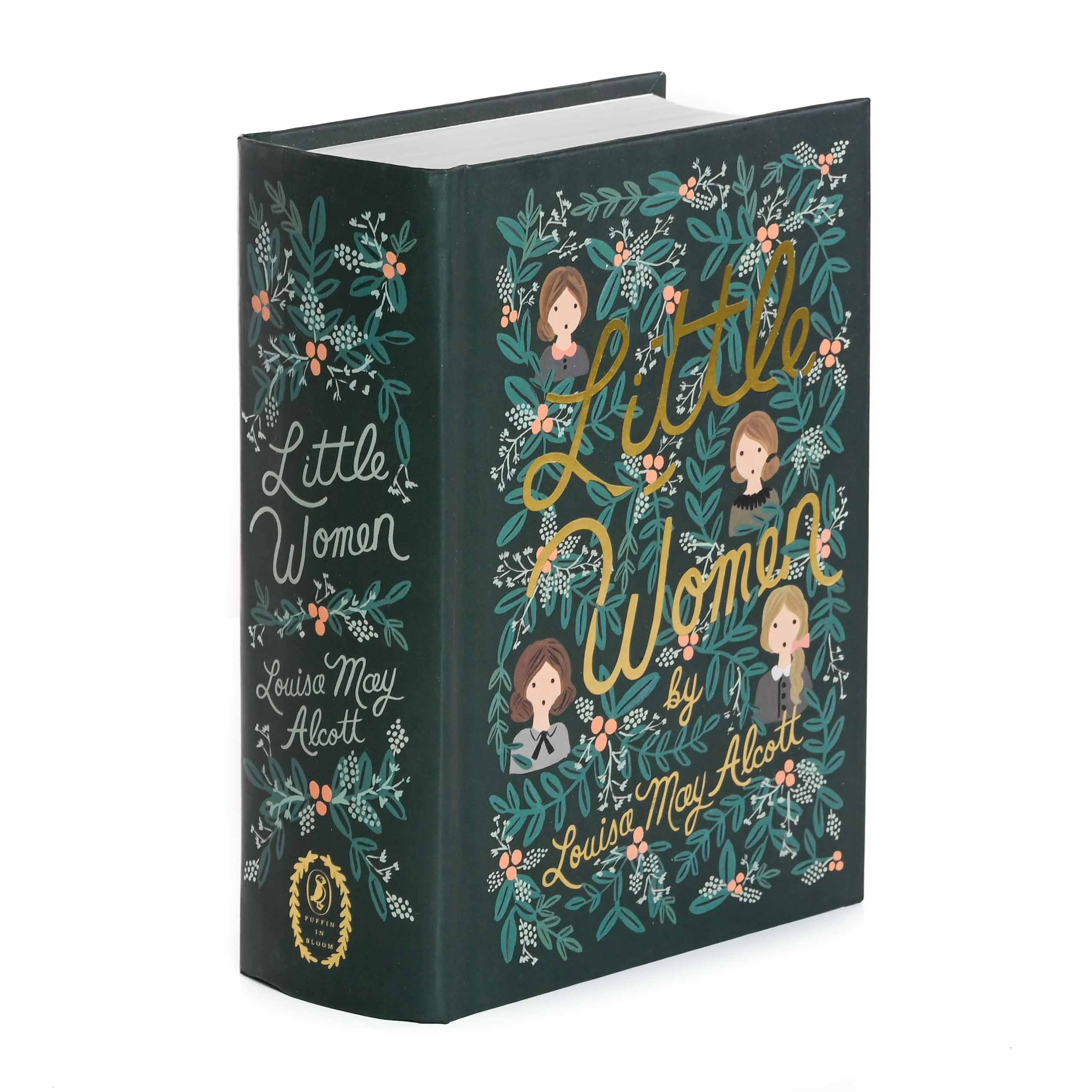A Comprehensive Guide to the Refine of Hardcover Books Printing
When you start the journey of hardbound book printing, comprehending the entire process is vital. From preparing your manuscript to choosing the best materials, each step plays a vital role in the end product. You'll require to ponder design aspects and printing techniques that match your vision. As you browse through binding and quality control, you'll find that every decision impacts guide's total appeal. So, what comes next in this intricate procedure?
Comprehending the Hardcover Publication Structure
When you check out the globe of hardcover books, you'll swiftly notice that their structure is unique and deliberate. You'll locate a material or leather treatment, which not just boosts visual appeals however likewise adds to the publication's longevity.
The message block itself includes several trademarks, or folded up sheets, stitched together for strength. You'll see that the spine is enhanced, enabling for a smooth lay-flat reading experience - hardcover books. In addition, guide's weight typically conveys a sense of high quality and durability
Hardbound books generally include a dirt coat, which acts as an advertising device while securing the cover. Recognizing these aspects aids you appreciate the craftsmanship behind hardbound publications and their unique allure in the literary world.
Manuscript Prep Work and Modifying
Getting your manuscript prepared for printing is necessary, and it begins with proper formatting guidelines. You'll need to understand the editing and enhancing process to fine-tune your job and assure it resonates with viewers. Plus, mastering proofreading methods can aid you catch those bothersome mistakes before your publication goes to publish.

Manuscript Formatting Standards
Appropriate manuscript formatting is necessary for creating a professional-looking hardbound publication. Start by choosing a standard typeface like Times New Roman or Arial in 12-point dimension. Usage double-spacing throughout the paper to enhance readability. Establish your margins to 1 inch on all sides, offering your text space to breathe. Number your web pages in the top right edge, and include your chapter titles at the start of each new section. Usage clear headings to show areas, and stay clear of too much format like bold or italics unless essential. Ensure to check your manuscript for uniformity in vogue, ensuring that everything from spelling to spacing sticks to your selected guidelines. Complying with these actions will establish a solid foundation for your book.
Editing And Enhancing Refine Basics
Editing your manuscript is an essential step that can change it from a harsh draft into a refined last product. Keep in mind, modifying isn't simply about taking care of errors; it's regarding fine-tuning your voice and guaranteeing your message reverberates with viewers. Welcome the procedure, and you'll see your manuscript sparkle.
Proofreading Methods Summary
As soon as you have actually brightened your manuscript through modifying, the next action is to ensure it's free of mistakes that might distract readers. Read your manuscript out loud-- this helps you listen to awkward phrasing and area typos. Take into consideration publishing your manuscript; reading on paper can expose errors that displays miss.
Creating guide Cover and Inside
When you're creating your publication cover and interior, you'll desire to concentrate on important style elements that capture your target market's attention. Selecting the appropriate typography styles and carefully picking colors and imagery can make all the distinction in communicating your publication's theme. Allow's discover how these choices can raise your job and bring in readers.
Important Design Components
Creating a distinctive publication cover and a properly designed interior is crucial for drawing in readers and improving their experience. Begin with the cover; it's your initial impact. Select shades and photos that show your publication's motif and mood. Ensure your title attracts attention and is understandable, even in thumbnail dimension.
For the interior, focus on format and white area. A clean, well organized style helps visitors navigate easily. Consider utilizing chapter headings and subheadings to lead them with the content. Aesthetic elements, like illustrations or graphics, can likewise enhance involvement however needs to match the message, not overwhelm it. Bear in mind, a cohesive style throughout your book cultivates a professional look that can greatly influence a reader's choice to choose it up.
Selecting Typography Styles
Typography plays a vital role in both guide cover and interior layout, shaping just how viewers perceive your web content. When selecting typography styles, consider your publication's category and target market. A traditional serif typeface might function well for literary fiction, while a contemporary sans-serif may match a modern story. Assurance readability; your message must be very easy on the eyes, particularly for longer passages. Focus on font size and line spacing, as these components impact total flow. Blending typefaces can add interest, but restrict it to two or three to preserve coherence. Think about pecking order-- utilize various designs for headings and body message to guide viewers effortlessly with your work. Your typography selections will considerably affect the visitor's experience.
Color and Images Choice
Choosing the appropriate colors and my response imagery is vital for capturing viewers' interest and sharing your book's styles. Start by considering your style; lively colors could benefit a kids's publication, while low-key tones fit a mystery novel. hardcover books. Usage imagery that reverberates with your material-- images, pictures, or abstract designs can boost your message
When making the cover, make specific the images doesn't bewilder the title and author's name; quality is visit this site key. This natural technique not only boosts your book's visual however likewise enhances the visitor's experience, making it extra memorable.
Choosing the Right Paper and Materials
When choosing paper and products for your hardbound book, it's important to contemplate exactly how they'll influence the overall feel and look of your task. Begin by choosing the appropriate paper weight; heavier supply often shares quality and durability, while lighter paper can produce a more fragile touch. Consider the finish as well; glossy paper improves shades and pictures, while matte can supply an advanced, downplayed appearance.
Don't forget the cover materials. Cloth, leather, or printed paper can establish the tone for your publication. Choose for acid-free paper to stop yellowing over time if your task consists of photos. Additionally, think regarding the binding products; making use of premium sticky guarantees your book lasts.
Ultimately, the selections you make here mirror your vision, so take the time to example various materials (hardcover books). Your choices will certainly aid produce a publication that's not just visually attractive however useful and also resilient
The Printing Refine: Strategies and Technologies
A variety of printing methods and innovations can bring your hardbound publication to life, each offering unique advantages. Digital printing is a preferred choice for brief runs, allowing for quick turnaround and economical solutions. When you need to publish smaller sized quantities without sacrificing quality, it's excellent. On the other hand, offset printing master producing big volumes, providing consistent and top quality outcomes. This method is optimal for considerable publications where color accuracy and fine information matter.
For special results, you could consider techniques like aluminum foil marking or embossing, which can add a glamorous touch to your cover. In addition, you can go with different inks, consisting of environment-friendly alternatives that accommodate ecologically mindful visitors. Recognizing these techniques helps you make informed decisions, ensuring your hardcover book not just looks fantastic but also meets your production requires effectively. Choose the best method to raise your book's appeal and impact.
Binding Techniques for Hardcover Books
A number of binding techniques can change your hardbound publication right into a durable and eye-catching product. One more technique is the excellent binding, which utilizes glue to hold the web pages together, allowing for a streamlined back but much less toughness compared to case binding.
You could additionally think about spiral binding, which allows your book to lay level, making it excellent for guidebooks or workbooks. Each binding approach has its benefits and fits various demands, so assume concerning your publication's objective and target market when picking the ideal alternative for your task.
Top Quality Control and Last Touches
After selecting the right binding technique for your hardcover book, top quality control comes to be important to verify your end product satisfies your expectations. Start by checking the published pages for any kind of mistakes or disparities in color and format. You don't intend to miss out on any kind best site of typos or misprints that could impact your viewers' experience.
Following, inspect the binding honesty. Confirm the web pages are securely affixed which the spine is tough. A well-bound publication not only looks professional yet likewise really feels resilient in your hands.
Furthermore, pay focus to the cover. Look for any scuff marks or misalignments in the artwork. Make sure they're applied consistently throughout all duplicates. if you've opted for unique coatings like embossing or aluminum foil stamping.
Ultimately, perform an extensive evaluation of the whole set prior to moving to distribution. By doing this, you can validate that every publication shows your high requirements.
Regularly Asked Concerns
The length of time Does the Hardbound Book Printing Refine Normally Take?

What Is the Minimum Order Quantity for Hardbound Books?
The minimum order quantity for hardcover publications generally starts around 100 copies, yet it can differ based on the printer. You need to examine with your picked printing service for their specific needs and rates.

Can I Publish Hardbound Books in Custom Sizes?
Yes, you can publish hardbound publications in custom sizes. Many printing services provide versatility with dimensions, enabling you to select a style that fits your project. Just confirm the specifications before positioning your order.
Exist Eco-Friendly Options for Hardbound Publication Printing?
Yes, you can discover green alternatives for hardbound publication printing. Numerous business use lasting inks and recycled products. Just ask your printer about their green practices to assure your task lines up with your environmental values.
What Are the Costs Related To Hardbound Book Printing?
When considering hardbound publication printing expenses, you'll need to factor in products, style, and printing techniques. Additional expenditures like delivery and binding can likewise impact your total budget plan, so plan accordingly for your task.
When you begin the journey of hardbound book printing, understanding the whole process is important.A variety of printing strategies and innovations can bring your hardcover publication to life, each offering distinct advantages. Just how Lengthy Does the Hardcover Publication Printing Process Usually Take?
The hardcover publication printing procedure typically takes around 2 to 6 weeks.Yes, you can discover environment-friendly alternatives for hardbound book printing.